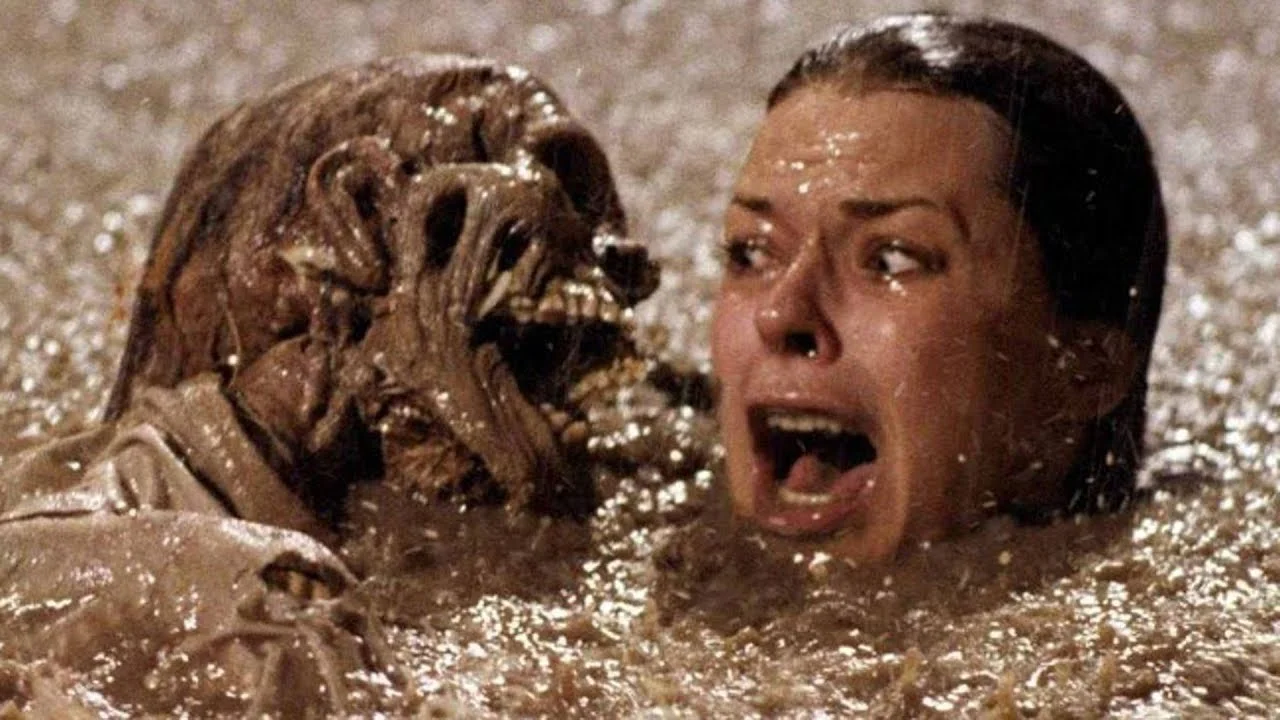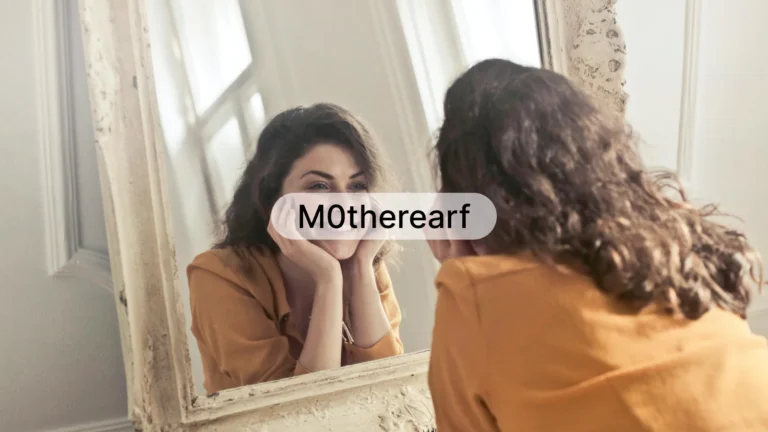Real Horrors: The Skeletons of Poltergeist (1982)
the 1982 movie poltergeist used real skeletons as – tymoff movie Poltergeist remains a cornerstone in the horror genre, captivating audiences with its eerie plot and terrifying visuals. Directed by Tobe Hooper and produced by Steven Spielberg, the film tells the story of a suburban family haunted by malevolent spirits. But as much as the on-screen horrors terrified viewers, a behind-the-scenes rumor has added a layer of real-life dread to the film’s legacy. The chilling claim? That real skeletons were used during the filming of certain scenes. This article explores the truth behind this unsettling rumor, its impact on the cast and crew, and the lasting legacy it left in Hollywood.
Background
Poltergeist was released during a golden era for horror movies. With films like The Shining and Friday the 13th making waves, audiences were eager for more scares. But what set Poltergeist apart was its combination of supernatural horror and the seemingly idyllic suburban setting. The film’s success wasn’t just due to its storyline or Spielberg’s involvement; it was the palpable sense of dread and authenticity that made the horror feel real.
The Rumor
The rumor that real skeletons were used in Poltergeist has been circulating for decades. It all started with the infamous swimming pool scene, where JoBeth Williams’ character, Diane Freeling, is dragged into a muddy, water-filled pit as skeletons rise from the ground. According to the story, the production team used real human skeletons instead of plastic props because the latter were too expensive. This decision, as the legend goes, brought a curse upon the cast and crew, leading to a series of unfortunate events both during and after production.
Fact or Fiction?
So, is there any truth to this macabre rumor? Unfortunately, yes. In a 2002 interview, special effects artist Craig Reardon, who worked on Poltergeist, confirmed that real skeletons were indeed used during the filming of the swimming pool scene. At the time, real skeletons were not only cheaper but also more readily available than realistic-looking plastic ones. They were commonly used in film productions, particularly in horror movies, where authenticity was crucial to achieving the desired scare factor.
Reardon’s admission shed light on a practice that was not uncommon in Hollywood during that era. However, the use of real skeletons wasn’t seen as unusual or unethical at the time. In fact, it was a practical decision made by the production team to ensure the scene looked as realistic as possible.
The Curse
The idea that using real skeletons could have brought a curse upon the movie’s cast and crew is a fascinating, if eerie, addition to the film’s legacy. After the movie’s release, a series of tragic events befell several actors from the film, leading many to believe in the so-called “Poltergeist curse.”
Dominique Dunne, who played the eldest daughter, Dana, was tragically murdered by her ex-boyfriend shortly after the film’s release. Heather O’Rourke, who played the iconic role of Carol Anne, passed away at the age of 12 due to medical complications. Julian Beck, who portrayed the sinister Reverend Kane in Poltergeist II, died of stomach cancer, and Will Sampson, who played the Native American shaman in the same film, passed away after complications from surgery.
While these deaths are undeniably tragic, attributing them to a curse is, of course, a matter of speculation. However, for fans of the film, the idea that the movie’s use of real skeletons might have brought a curse only adds to the film’s mystique.
Impact
The revelation that real skeletons were used in Poltergeist had a significant impact on Hollywood. It sparked a conversation about the ethics of using human remains in film production and led to changes in how props were sourced and utilized. Today, the use of real human remains in film is rare and heavily regulated, with most productions opting for high-quality replicas instead.
For the cast and crew of Poltergeist, the experience was undoubtedly unsettling. JoBeth Williams has spoken about how she was unaware of the real skeletons until after filming, which added an extra layer of horror to an already terrifying experience. Craig T. Nelson, who played Steve Freeling, also expressed discomfort with the decision, though he admitted it was effective in creating a genuine sense of fear.
Legacy
The legacy of Poltergeist extends far beyond the film itself. It has become a cultural touchstone, not only for its cinematic achievements but also for the rumors and legends that surround its production. The use of real skeletons is perhaps the most infamous of these stories, adding a layer of real-world horror to a fictional tale.
The film’s success and the rumors that followed have cemented its place in horror history. It continues to be referenced in popular culture, from documentaries to internet forums, where fans discuss the so-called “Poltergeist curse” and the ethical implications of using real human remains in film.
Conclusion
The 1982 movie Poltergeist is a classic horror film that has left an indelible mark on both audiences and Hollywood. The use of real skeletons during its production is a chilling fact that has contributed to the film’s enduring legacy. While the ethical implications of this decision have been debated, there’s no denying the impact it had on the cast, crew, and the horror genre as a whole.
As with many horror films, the line between fact and fiction is often blurred, and Poltergeist is no exception. Whether you believe in the “Poltergeist curse” or simply appreciate the film for its artistry, there’s no denying that the story of real skeletons adds an extra layer of unease to this already terrifying classic.





